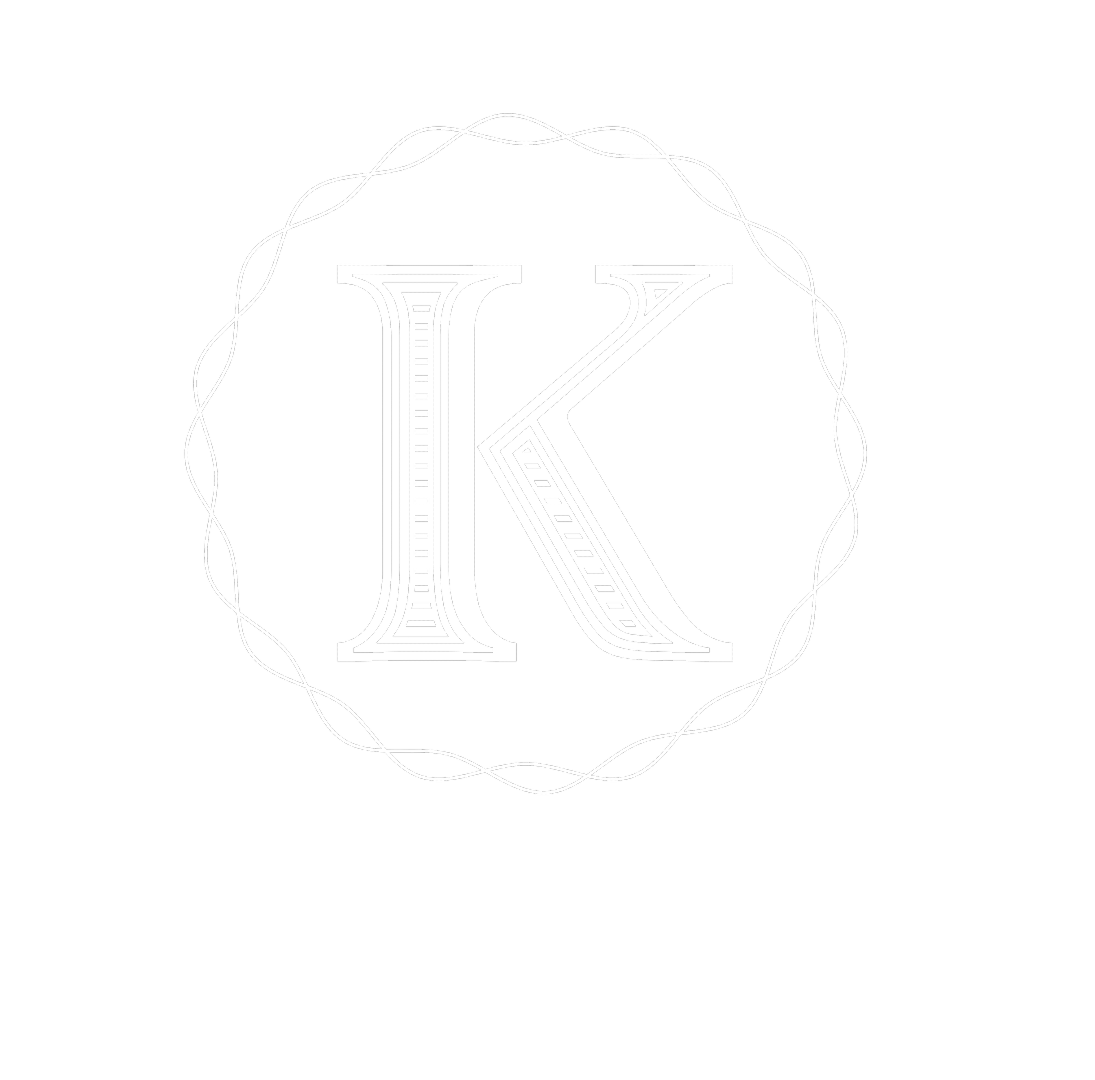Blog
Your Year-Round Audit-Readiness Checklist
There's a certain relief that comes with filing your taxes each year, but it's essential to remember that audits, while rare, can still occur. Staying prepared year-round can help reduce stress and...
Read more
Four Signs It’s Not the IRS Calling
Scammers often pretend to be from the IRS to trick people into giving personal information or making payments. This common scam tactic exploits the fear of the IRS, causing individuals to react...
Read more
Choosing Between Roth IRA and Traditional IRA for Retirement
When planning for retirement, the choices you make can have lasting impacts on your financial future. One of the most pivotal decisions involves selecting the right type of Individual Retirement...
Read more
IRS vs. Accountants: Who to Call and When
When you face tax-related issues, it can be confusing to decide whether to contact the IRS directly or seek the help of an accountant. While the IRS is a vital resource for specific tax concerns,...
Read more
Tips to Avoid Small Business Audits
Many small business owners know the anxiety that comes with the thought of a tax audit. The process can be stressful and time-consuming, but the good news is that audits are often avoidable with...
Read more
Office Move Announcement
We are excited to announce that Knott CPA is relocating to a new office on October 28th. As our valued clients and partners, we want to ensure a smooth transition for everyone involved. Below, you...
Read more
FAQs About the New Beneficial Ownership Information (BOI) Reporting Requirements
As of January 1, 2024, a new reporting requirement under the Corporate Transparency Act (CTA) took effect. At Knott CPA, we know this change may raise questions, and we're here to provide clarity...
Read more
6 Essential 401(k) Steps to Take Before Year-End
As the year quickly draws to a close, it's crucial to make sure your 401(k) plan is on track. Here are six key steps to take before the end of the year to maximize your retirement savings and...
Read more
Understanding the IRS Audit Process: FAQs
As tax season comes to an end, the potential for IRS audits can become a concern for many. While audits are not common, they do happen, and it's important to be prepared. At Knott CPA, we want to...
Read more
Steps to Effectively Manage Your Business’s 401(k) Plan
Managing a 401(k) plan for your business can be challenging, especially when former employees leave their savings in your plan. While this might be convenient for some former employees, it may not...
Read more
Enhance Your Business’s Financial Health with Proactive Tax Planning
Embrace the Post-Tax Season: Boosting Tax Efficiency As we close another tax season, it's crucial to remember that our work is far from over. Now is the perfect time...
Read more
Deductible Summer Team-Building Activities
As the sun shines brighter and the days grow longer, it’s the perfect time for business owners to consider hosting summer team-building activities. Not only are these gatherings great for morale,...
Read more
Quarterly Tax Prep for April 15th
As April 15th swiftly approaches, it's not just another day on the calendar for individuals with business or other non-withheld income. For those who make estimated quarterly tax payments, this...
Read more
How to Check Your Tax Refund Status
As the dust settles on another tax season, many of us are left wondering about the status of our tax refunds. Understanding how to track your refund can save you a lot of time and unnecessary...
Read more
A Guide for the New 529 to Roth Transfer
In the ever-evolving world of financial planning, a significant change is on the horizon for families looking to optimize college savings through 529 plans. With the introduction of the 2022 SECURE...
Read more
Navigating IRS Updates for Home Energy Audits in 2024
The year 2024 brings significant changes to IRS policies regarding home energy audits, especially pertinent to high-income individuals. Knott CPA, a leading expert in tax advisory, delves into...
Read more
Your Year-End Financial Guide for High-Net-Worth Individuals
As we approach the year-end, it's a prime moment for high-net-worth individuals to contemplate and fine-tune their financial strategies. To ensure you're maximizing opportunities and minimizing...
Read more
Fall Harvest - Maximizing Tax Benefits through Loss Harvesting
As the leaves begin to change and the air turns crisp, it's a sure sign that fall is upon us. While many associate this season with pumpkin spice lattes and cozy sweaters, it's also an opportune...
Read more
Demystifying Bookkeeping: 10 Essential Terms Every Business Owner Should Know
In the world of business, understanding the ins and outs of your financials is essential. For entrepreneurs and business owners, a grasp of bookkeeping terminology can mean the difference between a...
Read more
Maximizing Your Real Estate Investments: The Power of 1031 Tax Exchanges
If you're involved in the world of real estate investment, you've likely heard of the term "1031 tax exchange" or "like-kind exchange." But what does it really mean, and how can it benefit you in...
Read more
Navigating Common Accounting Questions for Your Business
Running a successful business involves a lot more than just providing great products or services. Managing your finances, understanding tax implications, and making informed decisions about your...
Read more






















